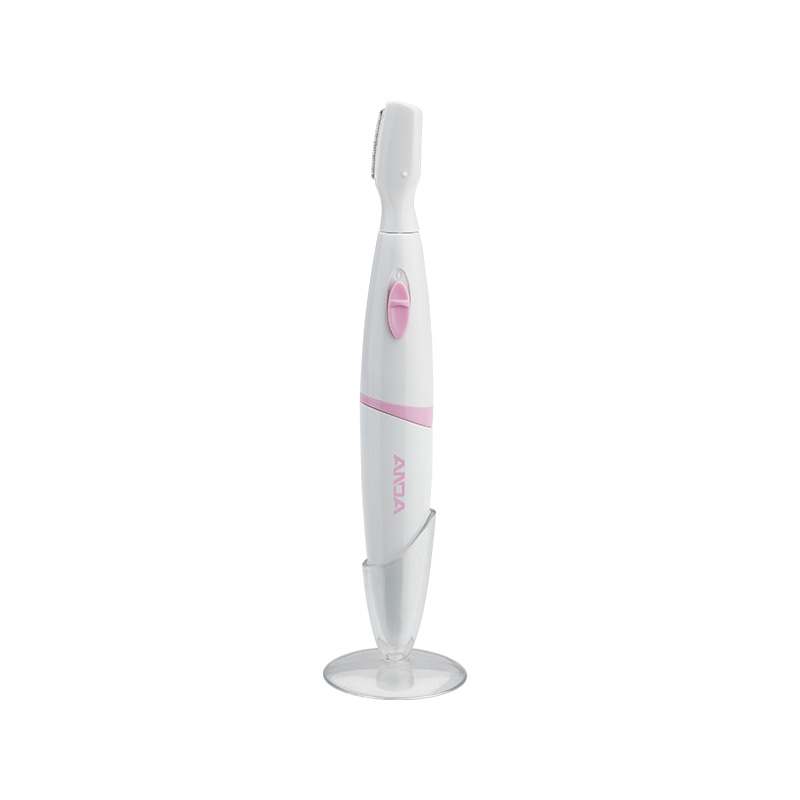 2025.05.26
2025.05.26
 Industry News
Industry News
The Importance of Noise Control in Personal Grooming Devices
While function and effectiveness remain top priorities for hair removal tools, noise level has become a key concern for many users of personal care appliances. A loud device can be disruptive, especially during early mornings or late nights, and may cause discomfort or embarrassment in shared living spaces. For these reasons, manufacturers are placing increasing emphasis on quiet performance in the design of the modern women’s electric epilator.

Where the Noise Comes From
To understand how noise is controlled, it's important to identify where it originates. The primary sources of sound in a women’s electric epilator are the motor and the tweezer mechanism. When the motor drives the internal components at high speed to extract hair, mechanical friction, vibrations, and gear movement create audible noise. The harder and faster the motor works, especially on thicker hair, the more noise is typically generated.
Motor Technology and Speed Optimization
One of the effective ways to reduce sound is through advanced motor engineering. Brushless or precision-balanced motors tend to operate more quietly than older brushed motors. Additionally, multi-speed epilators allow users to choose a lower, quieter setting when working on less dense or sensitive areas. By offering control over the motor's speed and torque, the epilator reduces unnecessary mechanical strain and noise output during use.
Vibration Damping and Internal Insulation
High-quality women’s electric epilators often incorporate vibration-damping materials inside the device housing. These may include silicone buffers, rubber gaskets, or specially engineered plastic casings that absorb vibration energy instead of allowing it to echo through the unit. Some designs also feature sound-insulating barriers between the motor and the outer shell, which further reduce the transmission of noise to the user's hand and surroundings.
Tweezer Head Design and Material Selection
The tweezer mechanism—the part of the epilator that grips and pulls hairs—is another key contributor to noise. When the tweezers are made of metal-on-metal components, the device tends to be louder. To combat this, some manufacturers now use ceramic or coated materials, which create less friction and thus lower noise. The alignment and spacing of the tweezers also affect sound; smoother movement with impact between parts produces quieter operation.
Ergonomics and Enclosed Construction
Compact, well-sealed designs help reduce both air and mechanical noise. A women’s electric epilator with a solid build and external gaps will better contain internal sound. Additionally, ergonomic shapes that fit snugly in the hand reduce vibration feedback to the user, making the device feel quieter even if decibel levels are only moderately reduced. The perceived sound level often depends not just on actual volume, but also on pitch and vibration sensation.
User Feedback and Product Testing
Reputable brands conduct noise testing under real-use conditions, evaluating the sound profile at different speeds and on various body parts. These tests inform adjustments in motor size, gear ratios, and casing design to produce models that are noticeably quieter than previous generations. Some companies even publish decibel ratings to help users compare models during purchase.
Conclusion
Noise control in a women’s electric epilator is not achieved through a single component but through a combination of smart design choices—motor refinement, material selection, structural insulation, and ergonomic casing. As user demand for discreet and pleasant grooming experiences grows, manufacturers continue to innovate with quieter yet powerful solutions. Ultimately, today’s epilators are becoming more balanced between performance and acoustic comfort, making hair removal a less disruptive part of daily life.